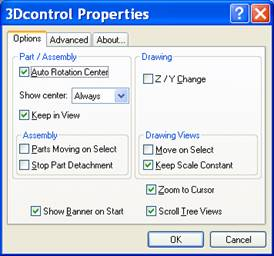Today was a wonderfully sunny day, so I said to myself, “Hey, why not take a stroll through the metric garden.” (Why do I ask myself such things? Don’t ask me.) The metric stroll should be easy enough, with its scientifically simple base ten measures. The simple meter is wonderfully divided up into 100’s and 1000’s for convenient lengths of measurement. It also quickly multiplies into…umm, kilometers. No one uses hectometers? Oh wait, the French kind of do to derive their hectare. It’s funny, that hectare isn’t listed in SI.
It’s arbitary
Sure, the imperial foot may have been based on someone’s actual foot length, but it is a useful length for some industries. Its not nearly as arbitary as the meter, which is defined as the distrance that light travels within a vacuum in 1/299792458th of a second. Why does SI use a bizarre fraction to define the core unit of measure for their decimal system?
Maybe base ten numbers aren’t all they are cracked up to be. What, never heard of metric foot? Or for that matter, metric ton, metric inch, or metric mile. Why do all of these units exist? For all the berating that the imperial system gets, the measures within it are based on real world needs. Since ancient times, units very similar to the modern imperial system have been common place. That said, it may be important to note that both SI metric system and imperial system have goofy offshoots.
Missing units!
Hey, what happened to the liter? An entire unit of measure for volume is missing from the international standard! Did aliens abduct the liter for use on their alien world? Well, no. It’s actually very common in the US, if that doesn’t seem ironic. Oh, and don’t get diehards started on a discussion about the correct spelling of meter or liter!
Psst, USA is metric!
Something else that is ironic, the USA has been legally metric since 1866. So, it’s not true that the USA isn’t metric. Neither is it true that the rest of the world is 100% metric. Specific industries, companies, populations and individuals still have the right to choose their standards and measures, both in the USA and elsewhere. Pipe threads in France are NPT, not the ISO sizes that were meant to replace them. Pints of bitter are still actual pints in Britain. Speaking of Britain, I’m reminded of the TV show Top Gear. Miles, horsepower and inches are so commonly used on that show, I forget that the UK is supposedly metric.
This stroll through the metric garden is starting to look more like a forced hike through the metric jungle.



 Some minor visual tweaks were also added to improve the look and control of the Dimension Palette. The corners are now rounded. There is also the addition of a Move tab that allows the Dimension Palette to be moved around the view pane by the user.
Some minor visual tweaks were also added to improve the look and control of the Dimension Palette. The corners are now rounded. There is also the addition of a Move tab that allows the Dimension Palette to be moved around the view pane by the user.



